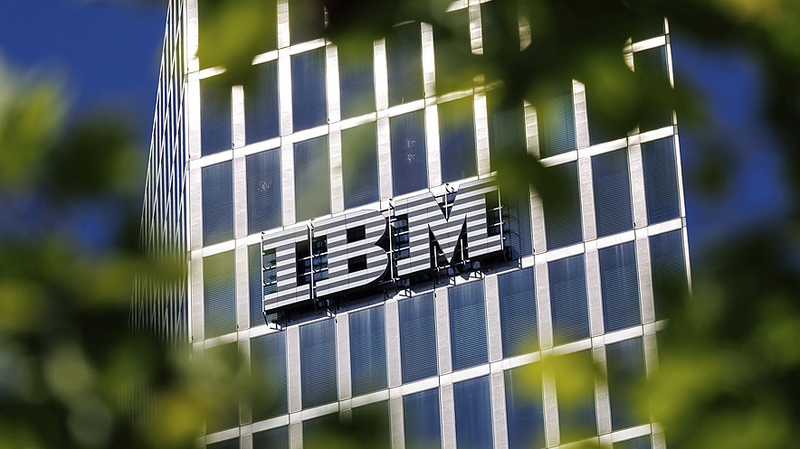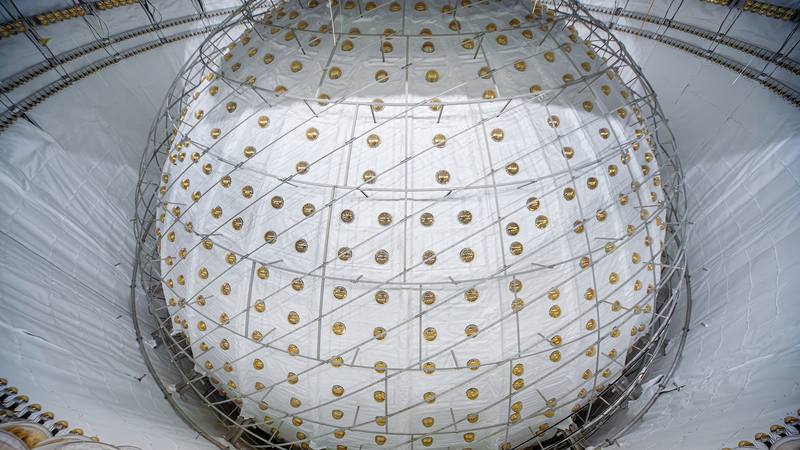IBM has achieved a major milestone in bringing quantum computing to the mainstream. On Friday, the U.S. tech giant announced it can now run a key error correction algorithm—developed in June—on widely available AMD field programmable gate arrays (FPGAs). This advance could accelerate the commercialization of quantum supercomputers.
Quantum machines use qubits to solve complex problems like simulating the behavior of trillions of atoms—tasks that would take conventional computers thousands of years. Yet qubits are highly unstable, making real-time error correction critical to harnessing their power.
In a research paper set for release Monday, IBM demonstrates that its error correction algorithm operates seamlessly on AMD chips, delivering performance 10 times faster than required. “Implementing it and showing that the implementation is actually 10 times faster than what is needed is a big deal,” said Jay Gambetta, director of IBM Research.
This breakthrough comes as IBM intensifies its race with Microsoft and Alphabet’s Google. While Google recently unveiled its own quantum algorithm, IBM’s ability to deploy error correction on cost-effective hardware signals a new phase in the competition.
Looking ahead, IBM plans to complete its Starling quantum computer by 2029. Gambetta noted that the team achieved this milestone a full year ahead of schedule, reinforcing IBM’s strategy to make quantum computing commercially viable sooner rather than later.
For global tech enthusiasts, this development underscores how partnerships between established chipmakers and quantum pioneers can drive innovation. As AMD FPGAs prove their worth in cutting-edge research, the quantum revolution may be closer to everyday applications than we think.
Reference(s):
IBM: AMD chips can run quantum computing error correction algorithm
cgtn.com




